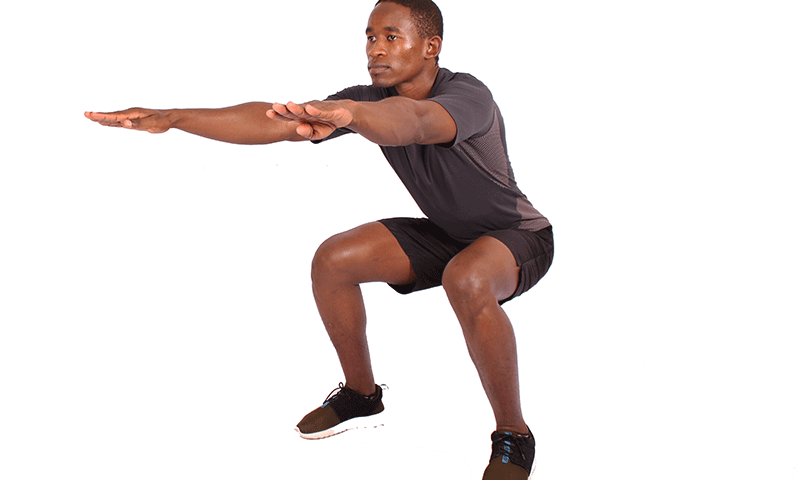The risk of sustaining stress fracture injuries may be predictable to a degree by evaluating landing characteristics through reliable assessments such as the Landing Error Scoring System (LESS).
In a new study in the Orthopedic Journal of Sports Medicine, researchers examined 1772 participants to determine if characteristics of the LESS exam were predictive of stress fracture injury. The researchers found that landing flat-footed or heel-to-toe was associated with a 2.33-fold increased risk for stress fractures. Furthermore, asymmetries between left and right limbs increased risk for stress fracture by 2.53-fold.
Furthermore, for each movement error documented during testing, there was an additional 15% increased risk for stress fracture. Most common errors identified to correlate with injury risk were related to ankle dorsiflexion, stance width, and trunk flexion at initial contact.
Conclusions
Tools such as the LESS can be useful for predicting injury risk and modulating training volume accordingly. Furthermore, errors on the LESS may serve as useful training objectives to target in a comprehensive rehabilitation program.
Caution should be applied, however, in assuming that reducing risk for stress fractures will inherently reduce all likelihood of lower extremity injuries. For example, while this data does suggest that a patient with a flat-foot landing may benefit from new footstrike patterns, it is possible that changing a patient from a heelstrike pattern to a forefoot striking pattern may decrease risk for stress factors while simultaneously increasing susceptibility to other types of injury such “shin splints” or anterior compartment syndrome. Decisions to alter engrained patterns should be made carefully depending on the patient’s unique history and needs.
References
